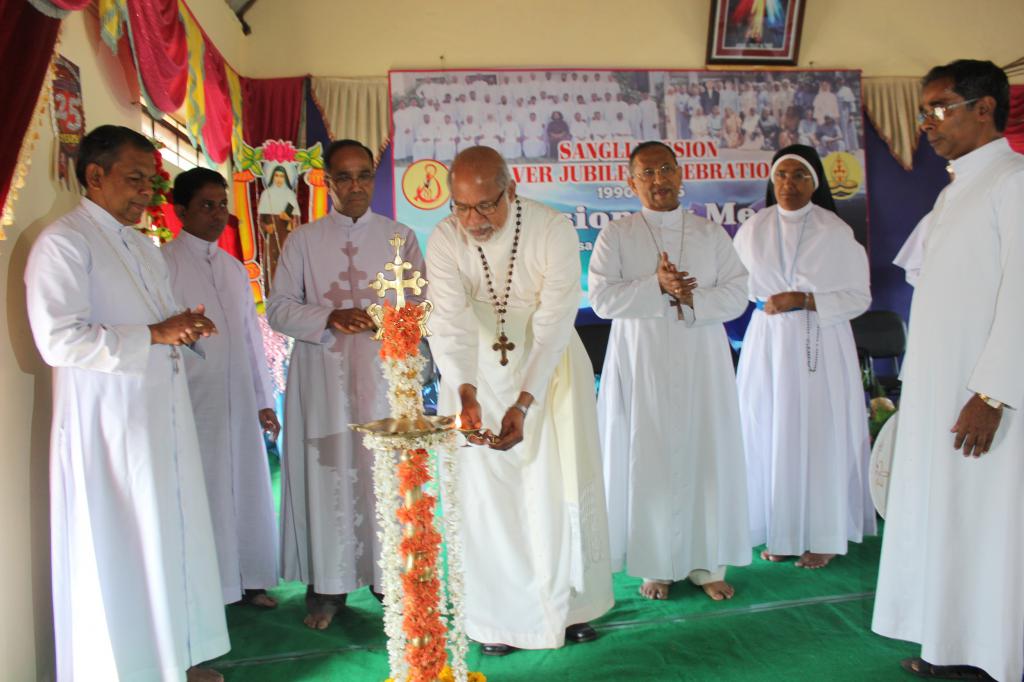Missionary activity is found in organizations representing world religions. Its purpose is to appeal to the God of unbelievers or to renounce a person’s religion in favor of the missionaries. Representatives of national religions, usually based on ethical and political connections between people, usually do not do missionary work, and some even condemn it.
general characteristics
Missionary activities can take place on the territory of one’s own state with the goal of converting all unbelievers and adherents of another religion into the traditional religion. This is called an internal mission. External, in turn, is carried out in other countries.
A missionary is a person who promotes a particular religion. His activity is dangerous, because there are always people who reject attempts to convert to another faith. There are many sad stories in which missionaries suffered violent death. The natives are especially cruel. So, in the 19th century, the Pacific Islanders killed and ate Rev. John Williams and his companion John Harris.
Currently, basically everything is proceeding peacefully and civilized, as it is regulated by law. The following missionary activities are allowed:
- educational conversations with parishioners;
- advising own employees regarding their actions with new members of the organization;
- actions held in educational, youth, social, cultural, medical institutions;
- counteraction within the framework of the law to sectarian and other dangerous entities;
- Involvement in the organization of its future members on a voluntary basis;
- distribution of booklets, literature, films among potential participants;
- implementation of joint projects with other organizations.
In one form or another, such work is carried out in various missionary institutions. Nevertheless, different religious organizations have their own views on the education of atheists or people with different religions. Christianity has the longest conversion history.
Christianity
Early Christianity was especially active in everything related to missionary activity. The instrument of converting the people to religion was baptism, which could be carried out both individually and in droves. A person who passed the rite was considered cleansed from sins and became a full member of the church.

With the acquisition of state status by religion, missionary work in Christianity has increasingly become violent. People had to agree to a new faith for food or to avoid torture, but they did not follow Christian customs and secretly or even explicitly continued to practice other religions. Such converts were not considered full-fledged Christians and were limited in every way to their rights.
From the Middle Ages to the New Age
In the XV-XVI centuries, the Spanish and Portuguese colonial empires were formed. This, in particular, was facilitated by the missionary activity of the Catholic Church, which created its own societies and helped the colonialists to conquer new lands.
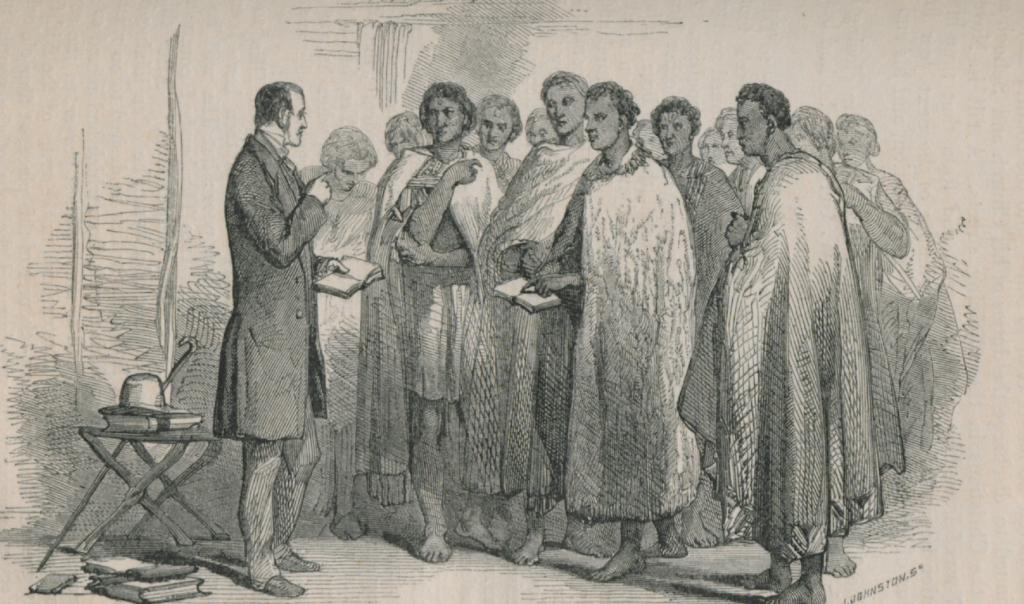
In the XVII-XVIII centuries, the example of Portugal and Spain decided to follow the Netherlands and Great Britain. In their colonial policies, they used Protestant missionary work.
In the XIX century, in connection with the struggle of the European powers for new territories, organizations began to appear in America. Supported and subsidized by the government, they quickly enriched themselves, they owned large capitals and huge lands. Their main goal was missionary work in Africa, allowing the state to exercise control over the vast majority of schools, hospitals, cultural, sports and other organizations.

Public activity affected only a small percentage of the local population. Children who attended missionary schools, in most cases, did not have the freedom to choose their future life, since immediately after training they entered the service of the colonial administration.
Latest time
World War II led to the collapse of the colonial system. Many forcibly captured countries began to fight for independence, and missionary organizations launched activities against the national liberation movement. This led to the emergence of a new system of unequal economic and political relations between capitalist countries and undeveloped states.
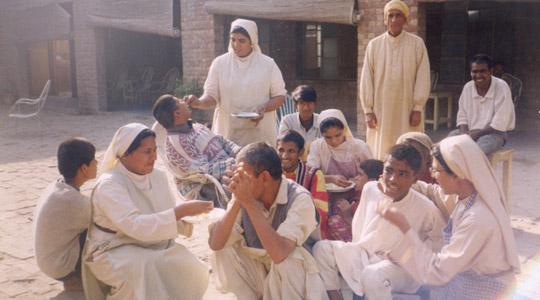
What was proclaimed as development assistance was in fact only the exploitation of poor countries. Many national and opposition leaders understood this and continued to struggle, so the methods of missionary work began to adapt to new conditions.
Almost 50 thousand members of Christian orders were sent to Africa. They began to create a church hierarchy from local residents, proclaimed the inadmissibility of racism, and allowed to combine the Christian cult with other religious rites, including those involving the use of music and dance. Divine services were held in a language understood by the population, and the media were widely used for propaganda.
Missionary organizations tried their best to emphasize that they had nothing to do with the colonialists, and opposed them. Nevertheless, at first the popular movement against them only intensified. The situation has more or less normalized only now.
The situation in Russia
Missionary activity in Russia pursued the important goal of strengthening the state. Within its framework, Slavs and representatives of non-Russian nationalities (Komi, Tatars) accepted faith in Christ, sometimes under duress. There was also a struggle with the Old Believers, disbelief, licentiousness and riots, in large numbers were built monasteries.
In the period from the fourteenth to the nineteenth centuries, Christianity spread throughout the Volga, Siberia, the Caucasus, and Kazan. There were missionaries acting alone, for example, Bishop Stephen of Perm, but more often people who sought to popularize Christianity united in fraternities and societies.
The missionary activity of the Russian Orthodox Church went far beyond the borders of one country. Scattered organizations were run by the Synod, which regularly held congresses.
Missionary work almost stopped after the establishment of Soviet power in Russia, as it was left without state funding. But by the end of the 20th century, when it was allowed to open temples, monasteries and theological schools, activity resumed with renewed vigor. Currently, church representatives participate in many government events, publish their books and films, television and radio channels, and Internet sites. Exhibitions, conferences and religious processions are constantly held to strengthen the position of Christianity.
The Law on Missionary Activities of the Russian Federation does not prevent various religious associations from disseminating information about their creed in their own buildings, in places of pilgrimage, in cemeteries. But meetings aimed at involving new participants in the followers should not take place in premises owned by other religious organizations.
Everything in the same law on the missionary activity of the Russian Federation regulates the order of events.So, the head or the clergyman of the organization can carry it out. In all other cases, the missionary must have with him permits issued by the governing bodies, and if he is a foreigner or does not have citizenship at all, his activity is territorially limited to the subject of the Russian Federation, in which written permission was obtained for her.
The goals and actions of the organization should not be extremist or terrorist, violate public safety, destroy families, infringe on human rights, damage the morals of the population, incite suicide or unlawful actions, force them to refuse property, impede education and medical assistance, and threaten life and the health of citizens. For non-compliance with the rules comes responsibility.
The role of Orthodoxy
The missionary activity of the Russian Orthodox Church has an experience of two thousand years. Currently, all believers are encouraged to work on educating others.
The concept of missionary activity of the Russian Orthodox Church is based on church-wide and diocesan program documents dated from 1917 to 2000, but a creative local approach, depending on specific opportunities and conditions, is also welcomed. Doing sermons to awaken faith is for the salvation of the human soul. Also goals are:
- education of the people;
- nurturing a Christian lifestyle;
- involving a person in the life of a community leading him to God.
Approaching the world, renewing and sanctifying it, Orthodoxy is putting new content into its usual way of life. One of the ways to achieve the goal is to adopt a national culture and influence people through it. The forms of missionary activity are as follows:
- educational, mainly relating to those who are only embarking on the path of faith in God and baptism, and those who for the most part of their conscious lives did not lead life according to Christian canons;
- apologetic, aimed at opposing non-Orthodox teachings, primarily sectarian and heretical;
- information, adopting the media and printed materials;
- external, seeking to convert to Orthodoxy peoples with a different national culture;
- reconciling, aimed at helping to realize the need to create peace at all levels of human relationships: from family to society.
Similar methods are used in other religions.
Islam
In addition to Christians, Muslims play an important role in the history of missionary work. Among them, there are individuals who have dedicated themselves to dawat, that is, preaching Islam and inviting all people to live according to God's will. The missionary model is the Prophet Muhammad, who distributed the message of the Koran.
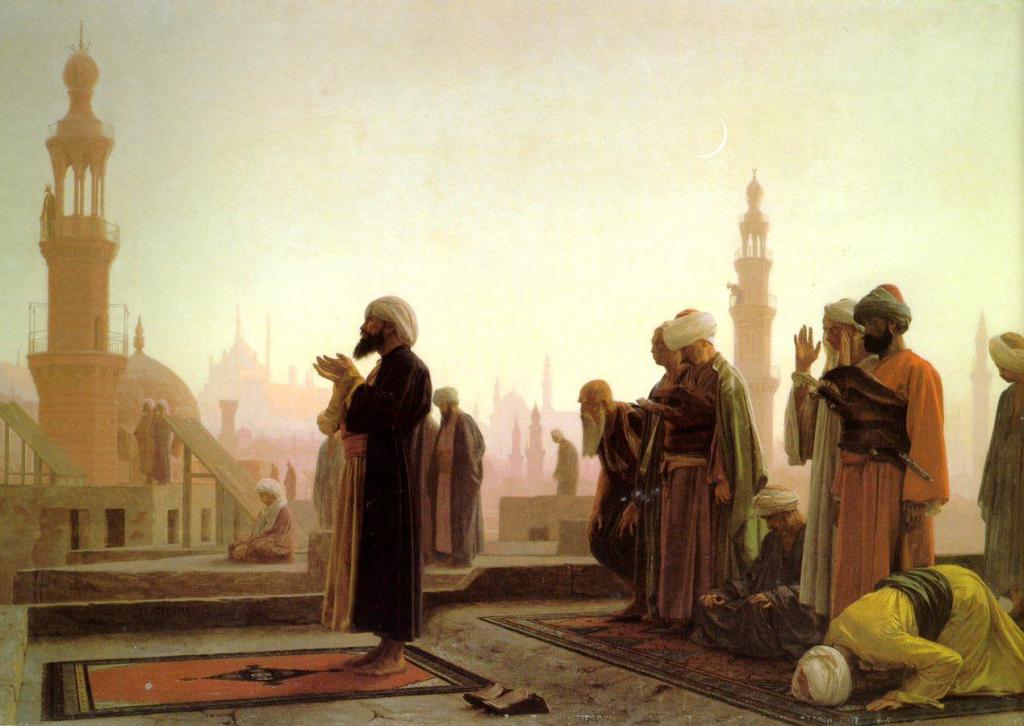
The first large number of converts occurred in 628, when a peace treaty was concluded between Muslims and polytheists of the Arabian Peninsula. Islamic preachers took advantage of this and were able to bring in their faith almost 10 times more people than before.
Further, merchants who visited different lands and Sufi ascetics often played this role. They had to be literate and benevolent, use knowledge, show kindness, patience and wisdom, be able to speak plain language.
Now there are many organizations and independent preachers who seek to lead people to spiritual enlightenment.
In Islam, they believe that all the people of the planet were born Muslims, and those who profess a different faith are simply lost, and they need to be returned. Going into religion is easy. To do this, you only need to read the creed with witnesses. It recognizes the unity of God and Muhammad as his messenger. Recently, the appeal is documented by a certificate. This is necessary in order to accurately determine non-belonging to other religious movements.
Previously, circumcision was a mandatory procedure in accepting faith.It is now believed that when converting to Islam in adulthood, this is optional, although desirable.
Further life is determined by the rules recorded in the Qur'an. Muslim women are usually more limited in their rights than Muslims. So, you cannot marry a person of another faith, while you can marry a woman who professes any religion except Buddhism. The exception is the Gentiles. The Qur'an explains this by saying that an adherent of the faiths of Scripture can be converted to Islam, which is what the husband should do. A woman should obey a man in everything and not rebuke him, so she will not be able to convert him to her faith.
Buddhism
People who believe in the Buddha attract new people to their ranks carefully. It is believed that one cannot convert to this religion without proper preparation. In general, the adoption of this faith is not difficult, you only need to pronounce the verbal form of reverence for the Buddha, his rules and community before the monk. After that, you can combine the rituals of Buddhism with the sacraments of other religions.

The most famous Buddhist missionary is the Indian politician Bhimrao Ambedkar. His activity was very successful, as numerous representatives of the lower castes in India massively accepted the new religion, which does not provide for the division into social groups by origin and legal status. In addition to this country, Buddhism spread throughout Europe, North America and Australia.
Judaism
In the national ethical worldview of the Jewish people, missionary activity is ambiguous. Only partial forms of propaganda take place, and even those often condemned by religious figures. The fact is that some holy books speak of the need to convert people to faith, even if they are not Jews. In others, missionary work is considered almost a sin. This contradiction is explained by the fact that an insincere missionary, who himself is not a model of following Judaism, defames religion. And if the convert is not a Jew, but at the same time a zealous adherent, this will become a shame for all native Jews.
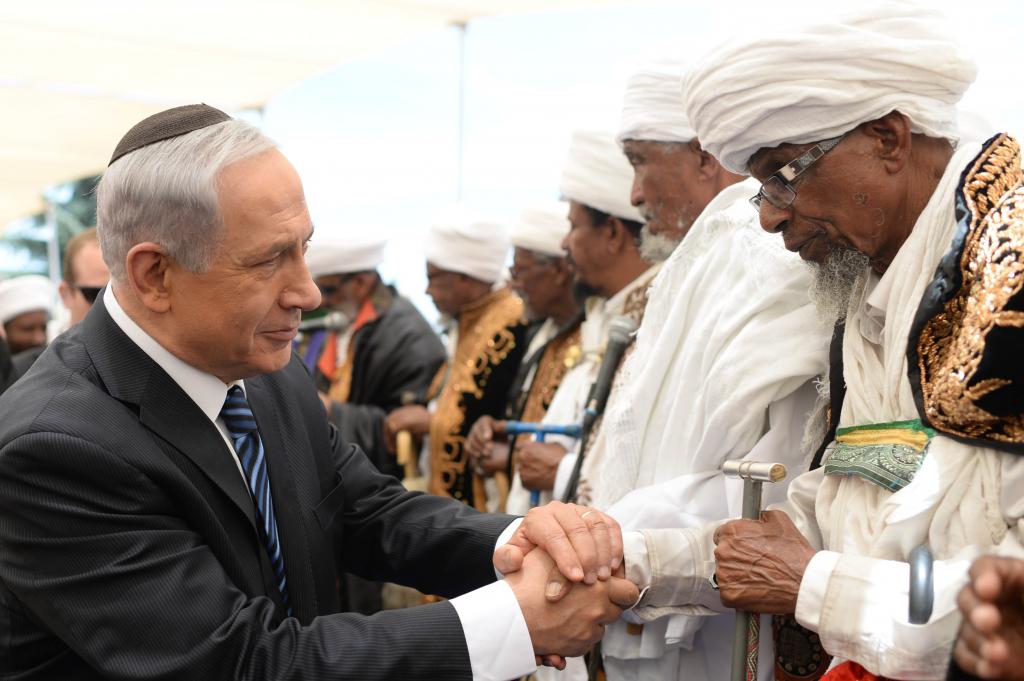
The situation is further complicated by the fact that the rite of passage (giyur) is complex. For the unequivocal recognition of their determination to forever join the Jewish people, several years are given. During this time, a person must also learn Hebrew and the Torah, containing 613 commandments.
The appeal takes place in the face of three judges. They can not only refuse a giyur, but also recognize it as invalid after a long time, if there is reason to suspect the dubious reasons for which Judaism was adopted.
Zoroastrianism
Non-world religions do little missionary work, but this is not because they are not happy with new adherents, but because of the many difficulties associated with promoting their faith. For example, Zoroastrianism, based on the teachings of Zarathustra and proclaiming a free moral choice of a good life path, has very few followers, moreover, its traditional territory is Iran, and Islam currently dominates there.
Nevertheless, converts appear in this religion. True, Zoroastrianism can be accepted only at a conscious age - not earlier than a person turns 21 years old. Even children born in families professing this faith join in it no earlier than 15 years.
The readiness of the appeal is checked by the clergyman according to the results of the knowledge of the basics of worship and prayers, as well as after a personal conversation. If he admits a person to the rite of passage, all that remains is to put on a shirt, tie a sacred belt and say the words of prayer in traditional Persian.
Hinduism
Missionary work in Hinduism is practically not carried out. The fact is that in this religion great importance is attached to castes, whose membership is determined by birth, so foreigners can not become Hindus. But not everyone adheres to such a strict rule.Representatives of certain areas within the religion welcome new followers and encourage missionaries in their ranks. These include the direction of Gaudiya-Vaishnavism, in which Vishnu is revered as the supreme God.
Thus, at different times, missionary service served different purposes. People were not always engaged in this activity for the salvation of lost souls, sometimes it hid the thirst for conquering new lands and wealth, and the inhabitants of the colonized territories were simply forced to accept an alien faith.
Now, missionary work has better ends. However, not all religions are very positive about attracting adherents. Nevertheless, most of them are happy with the new members of the organization and are making efforts to multiply their flock.
